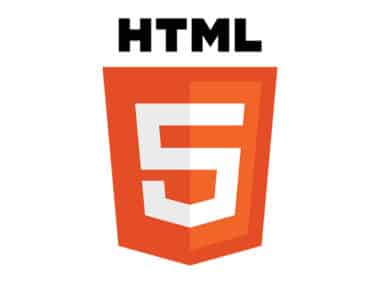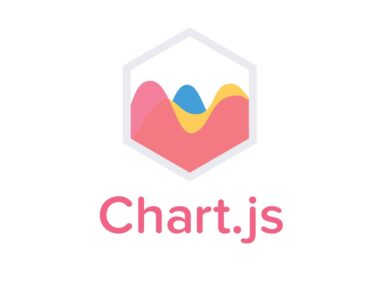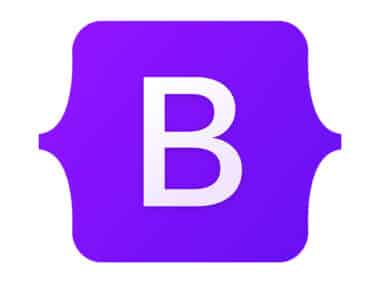Accessibility is an essential aspect of web development that ensures that web pages are usable and accessible to all users, regardless of their disabilities. HTML provides a set of features that can be used to create accessible web pages. Here are some best practices to consider when creating accessible web pages with HTML:
Use semantic HTML
Semantic HTML refers to the use of HTML tags that convey the meaning of the content they contain. By using semantic HTML, screen readers can better understand the content and convey it to visually impaired users. For example, use the <h1> tag to indicate the main heading of a page and use the <nav> tag to indicate navigation menus.
Semantic HTML is an essential element of accessibility. It helps users with disabilities to understand the content of a web page quickly. Screen readers can better understand the content of a page when developers use semantic HTML tags. The use of these tags helps screen readers to navigate the content and help visually impaired users to understand its hierarchy.
Provide alternative text for images
Visually impaired users rely on screen readers to access the content of web pages. Therefore, it is essential to provide alternative text for images to ensure that they can understand the meaning of the images. Use the alt attribute to provide a description of an image in the HTML code.
The alt attribute is an essential element of accessibility. It helps visually impaired users to understand the meaning of images on a web page. Screen readers can read the alt text, which describes the content of an image. Providing alternative text for images ensures that all users can understand the meaning of images on a web page.
Use headings to structure content
Headings are essential for structuring content on a web page. Use the <h1> tag for the main heading, followed by <h2>, <h3>, and so on, to indicate subheadings. This structure helps screen readers to navigate through the content and helps visually impaired users to understand the hierarchy of the content.
Headings are an essential element of accessibility. They help users to navigate the content of a web page quickly. Screen readers use headings to navigate the content of a page. The use of headings helps visually impaired users to understand the hierarchy of the content.
Provide captions and transcripts for multimedia content
Multimedia content such as videos and audio provide a rich user experience, but they can be inaccessible to users with disabilities. Therefore, it is essential to provide captions and transcripts for multimedia content to ensure that they are accessible to all users. Use the <track> element to provide captions for videos and use the <audio> element to provide transcripts for audio content.
Captions and transcripts are an essential element of accessibility. They help users with disabilities to access multimedia content on a web page. Captions provide a text description of the audio content on a video, while transcripts provide a text description of the audio content on an audio file. Providing captions and transcripts ensures that all users can access multimedia content on a web page.
Use color contrast
Color contrast is essential for users with visual impairments. Use colors that provide sufficient contrast between the foreground and background. The WCAG 2.0 guidelines recommend a contrast ratio of 4.5:1 for normal text and 3:1 for large text.
Color contrast is an essential element of accessibility. It helps users with visual impairments to read the content on a web page. Using colors that provide sufficient contrast between the foreground and background ensures that users with visual impairments can read the content on a web page.
Provide keyboard navigation
Keyboard navigation is essential for users who cannot use a mouse. Ensure that all interactive elements on the web page can be accessed and activated using a keyboard. Use the tabindex attribute to specify the order in which elements can be accessed using the keyboard.
Keyboard navigation is an essential element of accessibility. It helps users who cannot use a mouse to navigate a web page. Providing keyboard navigation ensures that all users can access the interactive elements on a web page.
By following these best practices, you can create web pages that are accessible to all users, regardless of their disabilities.
Creating accessible web pages using HTML is crucial for ensuring that all users can access the content on a web page. By following these best practices, developers can create web pages that are usable and accessible to everyone. These best practices help to ensure that users with disabilities can access the content on a web page, improving the user experience for all users.




